Driving Supercars, Watching an Autonomous Vehicle and Seeing Why You Should Care About Data TODAY
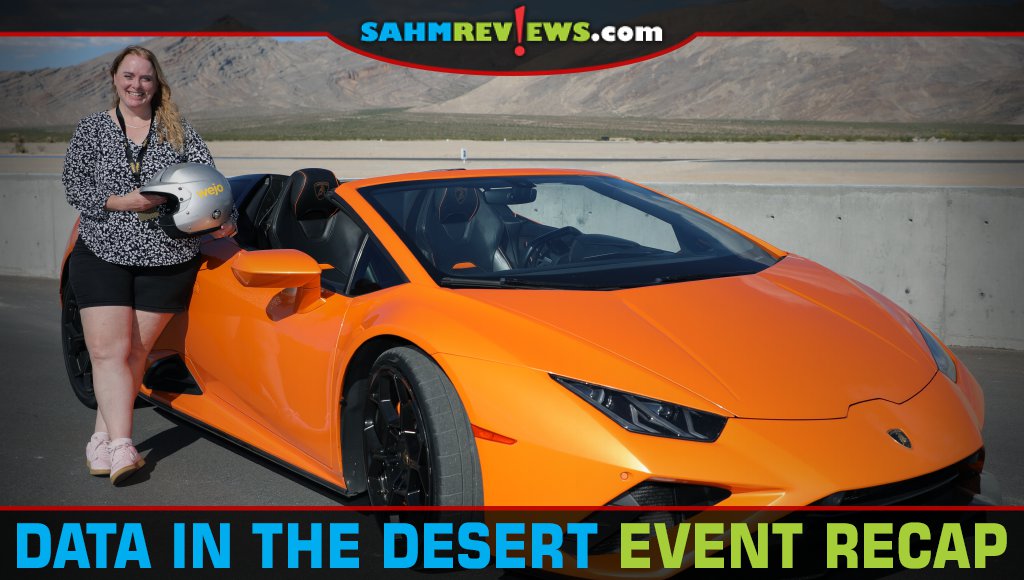
More and more, we are seeing information about autonomous vehicles in the news. But people often brush it aside with the attitude that it isn’t going to be a mainstream reality any time soon. Whether you realize it or not, data collection and evaluation is happening all around us every day in almost everything we do. It truly matters as evidenced in these few examples:
Football fans: Have you ever noticed the Microsoft Surface tablets in the hands of the staff on the sidelines of NFL games? They’re gathering real-time information so they can make decisions moving forward in the game. It’s an opportunity for them to see things that may have been missed by the naked eye. Data being used on the spot for the benefit of the game currently being played.
Shopping enthusiasts: What type and how much of a product is available on store shelves isn’t just luck. It’s the result of careful evaluation of things like trends, economy and production costs. Fashion, automotive, food, cleaning supplies, everything. Businesses employee people who do nothing but crunch numbers and determine possible outcomes. We see the results every day, all around us.
Gamers: Successful board games become that way by playtesting and collecting data. Then the designer evaluates the experience, the scoring and everything about it and revises the game before playtesting again and repeating the process. Again and again. Product development of all sorts rely on this type of pre-preparation.
Whether it’s another new Starbucks opening, the location of a new school, a traffic light being installed where there used to be a stop sign or announcements of the path of a potential storm, data collection and evaluation played a part in the outcome. But did you know that your vehicle is likely adding data to a database as well? Before you panic and make any comparison to digital cookies being used for targeted marketing, I’m going to tell you what I learned last month during Data in the Desert with Wejo. They’re a company that works independent of OEMs (original equipment manufacturer) in the automotive industry to accumulate and parse the data… for good.
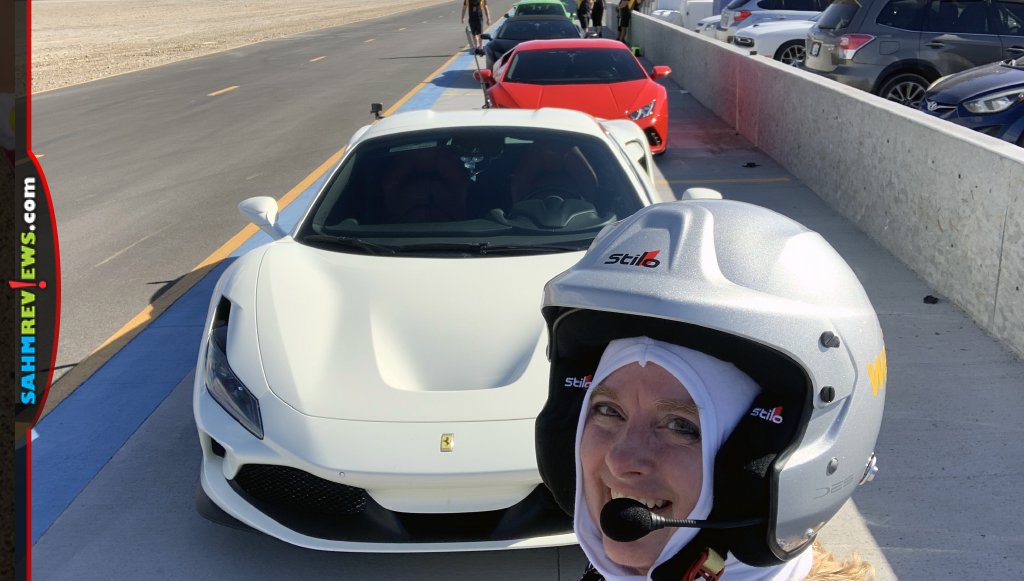
Last month, Wejo invited a handful of journalists and media to Spring Mountain Motor Sports outside of Las Vegas and let us drive an assortment of supercars. Why? To learn about data, see their new autonomous vehicle prototype and find out how they’re using vehicle data to create a better world. Let’s start with the fun stuff… racing supercars around a 4-mile road circuit. I had the joy of getting behind the wheel of a Lamborghini Huracán with professional driver, Will Zollo. Scott was paired with Le Mans champion Oliver Webb and burned up the track in a Ferrari F8.
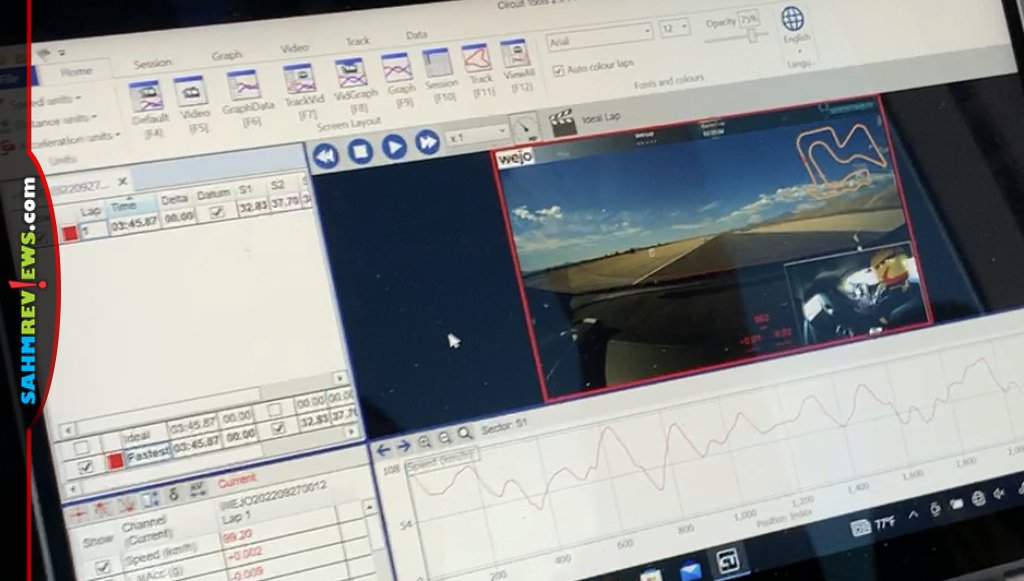
We buckled in and headed out for a couple laps on the track with our instructors telling us when to accelerate, brake and hug the curves. The cars were equipped with cameras in addition to cloud connectivity and tracked our route for evaluation on computers when we got back off the track. We sat in front of a computer and looked at the speed, breaking, proximity to the edge of the payment and more. We talked about where we could improve. Then we headed back out on the track to put that information to work for us.
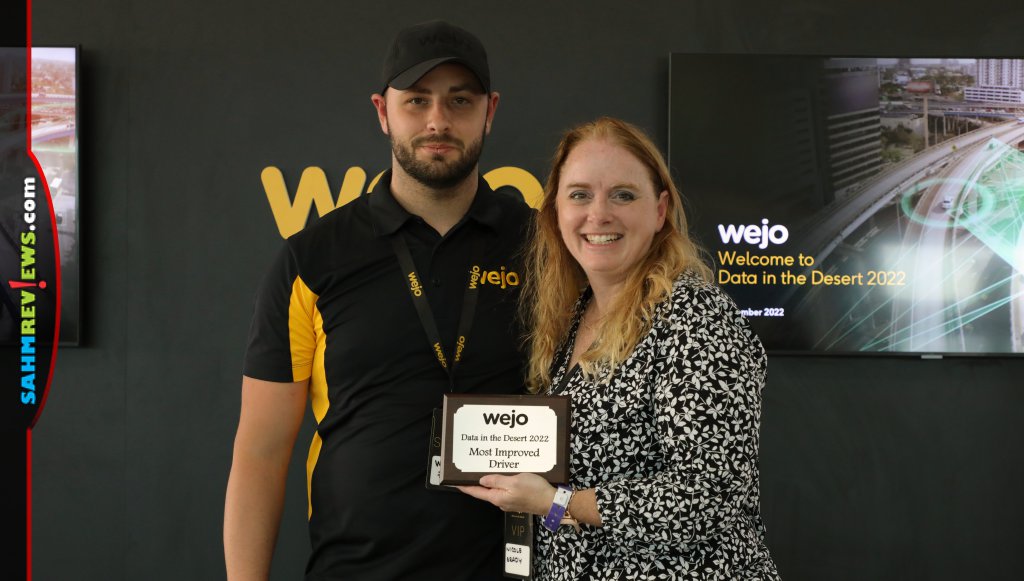
We returned to those same computers to compare the two runs. The result? Improvement. I don’t know what anyone else’s stats were, but I believe everyone in our group was able to capitalize on the information we received. Scott garnered the award for fastest lap of all the participants while I took home the plaque for most improved between the two data sets.
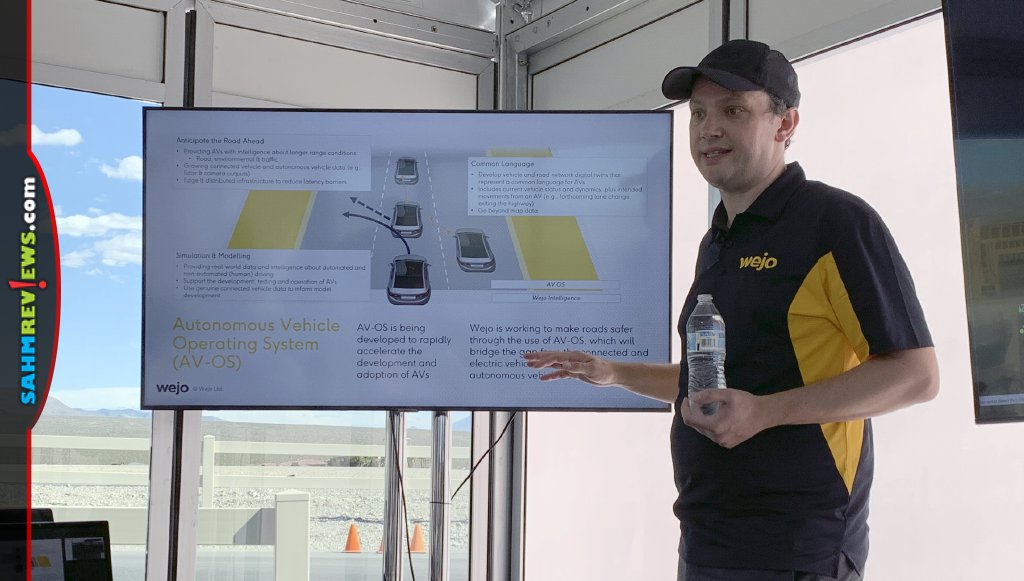
So what does this have to do with Wejo, data collection and autonomous drivers? I’m so glad you asked! As of this writing, Wejo has over 19.8 million vehicles live on their platform, logging 689 BILLION miles of data. The information they collect from drivers like you and me gives them the ability to simulate data from about 95% of roads in America. For any given situation, they can calculate 17 million machine learned outcomes based on factors such as weather, time of year/day, location, tire pressure or whether you’re changing the radio station to name just a few. It’s calculated in real-time and can be transmitted immediately. What’s interesting is that this isn’t new. Data has been collected on vehicles since 1996 with the release of Onstar. Several vehicles from 2004 forward have connectivity. When a vehicle is purchased at a dealership, about 60% opt-in to supply their data. As we move even further into a connected world, imagine the power if cars are able to communicate in real time with one another regarding things like accidents. Those multi-car pile-ups that happen in foggy conditions would be a thing of the past because the car 15 back will know that the front one hit the brakes… giving them time to react before they see brake lights on the car immediately in front of them. As a matter of fact, Amazon is already utilizing Wejo data for their delivery trucks, automatically rerouting when there’s an accident or as a more efficient pathway opens up.
The data Wejo is collecting can be widely used outside the automotive industry. For example, city planners can create simulations and see the potential results immediately. It can help them make decisions about the ideal number of lanes for a new road, where a stoplight will likely be needed and whether it makes more sense to have a one-way street. Or how about this? Cities, counties and states can calculate a good location for an electric vehicle charging station! A few minutes ago, I mentioned how Wejo’s software can provide millions of machine-learned results based on time of day, weather and so many other factors? Imagine the value that would have for your insurance rates. If you’re never driving in high risk areas, should you pay as much as someone who is constantly on the road? They’re already working with insurance companies to determine risk factors on roads based on that data and those evaluations. If you’ve ever tried to park in a major metropolitan area, then you may utilize apps like SpotHero to find a place to park. Thanks to connected cars and cloud data, we aren’t too far from our vehicles being able to “see” an available spot or one opening up. The applications for Wejo’s data are immense and we are all beneficiaries of that. Not in the distant future either. It’s happening now, tomorrow and soon.
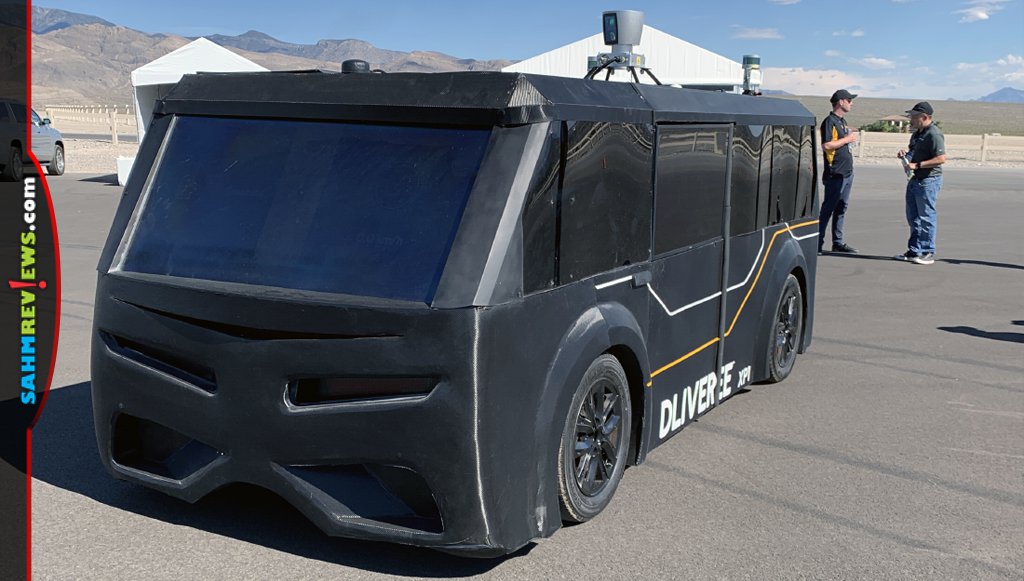
Which leads me back to the discussion about autonomous vehicles. It’s closer than most people realize. But as is true of most technologies, different manufacturers are testing and experimenting in their own vacuums. The result is that there are multiple options, but they’re not compatible with one another. VHS vs Beta is a great historical example. While both served the purpose, they didn’t work together. Consumers were either using one or the other. Imagine how that would play out in a connected world? It would, but not well. That same traffic accident wouldn’t necessarily be avoided if the two vehicles weren’t accessing the same cloud data. Now add autonomously driven vehicles to that and you have a potential for collisions. While we were at Data in the Desert, we were able to witness firsthand DLIVEREE, Wejo’s prototype of an autonomous vehicle, It integrates with live, real-time connected vehicle data utilizing Wejo’s Autonomous vehicle operating system. It will be used to help developers create, according to Wejo Founder/CEO Richard Barlow, “the most experienced driver on the road”.
It’s the future, but it’s also the present. If your automobile has the option to provide data, then it’s worth doing. Keep watch of all the exciting advancements and happenings by following Wejo on Facebook, Instagram, Twitter and YouTube!
How else would you like to see Wejo use “Smart Mobility for Good”?

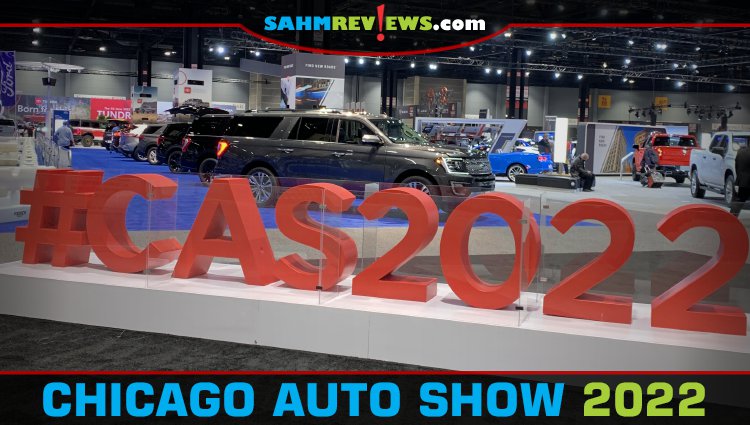

1 thought on “Driving Supercars, Watching an Autonomous Vehicle and Seeing Why You Should Care About Data TODAY”